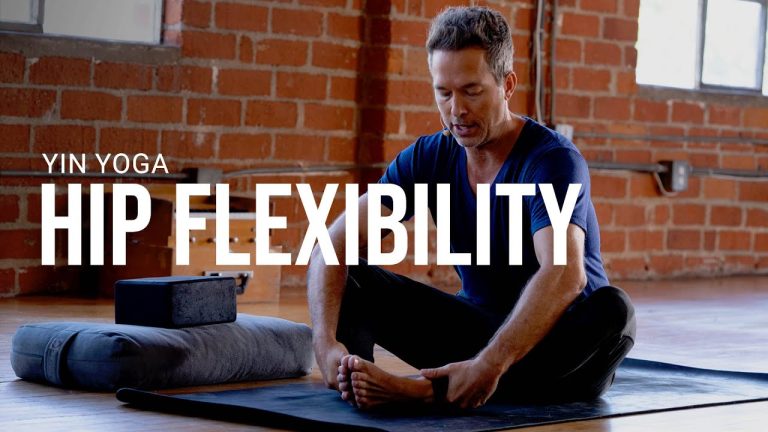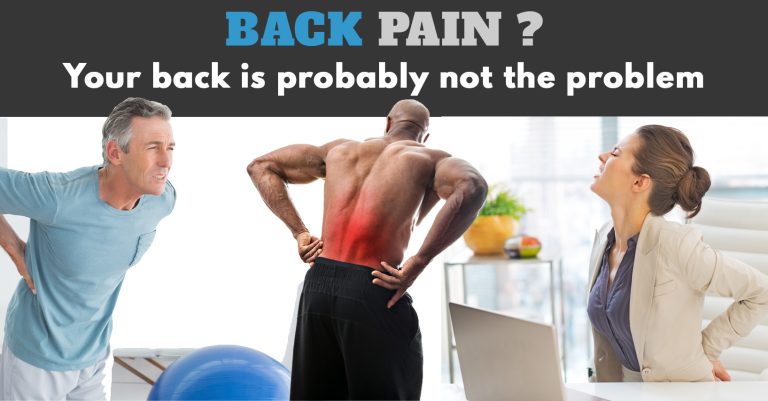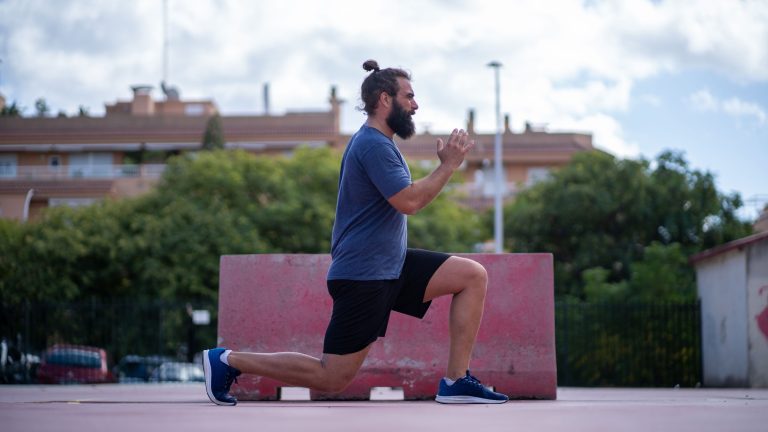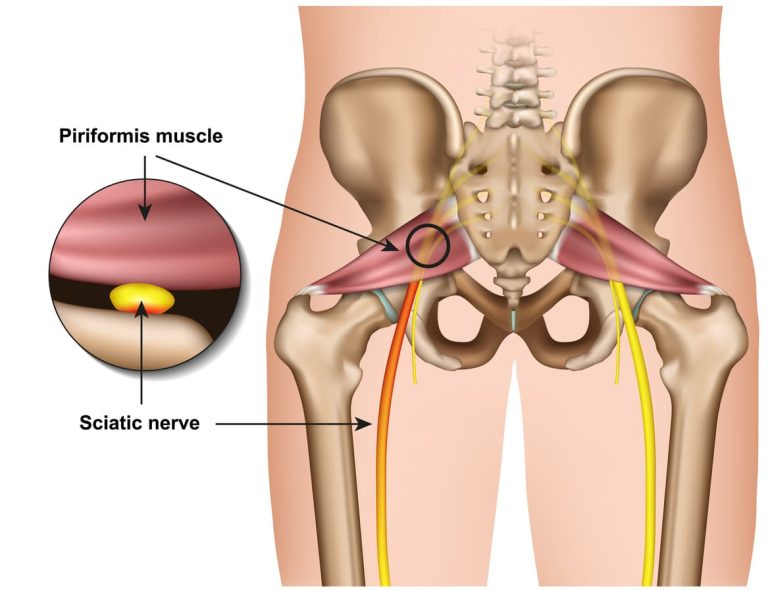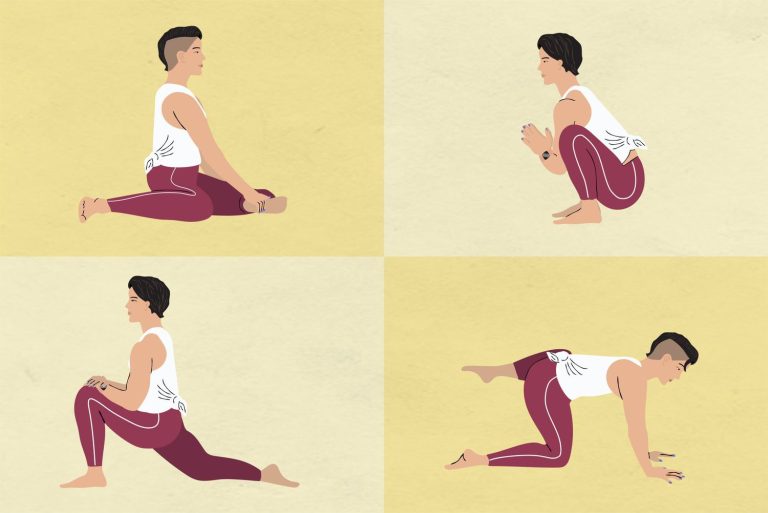Hip Pain After Squatting: Causes, Treatments, and Prevention
Are you an avid fitness enthusiast or someone who enjoys squatting exercises? If so, you may have experienced the frustrating and debilitating hip pain that can sometimes follow these workouts.
Hip pain after squatting can stem from an array of conditions, ranging from impingement to weak core muscles and bad posture. But fear not, as there are numerous diagnostic and treatment options available to alleviate this discomfort.
In this article, we will explore the various causes of hip pain after squatting, discuss diagnostic approaches, and delve into the diverse treatment methods that can help you recover and get back to your squatting routine pain-free. So, let’s dive in and learn how to overcome this hurdle together.
hip pain after squatting
Hip pain after squatting can be caused by various conditions such as impingement, hip flexor strain, osteoarthritis of the hip, limited hip and ankle mobility, hip bursitis, osteonecrosis, weak core muscles, and bad posture. To diagnose the cause of hip pain, a comprehensive examination and additional tests like X-rays or MRI scans may be necessary.
Treatment options may include rest, NSAIDs, physical therapy, supportive braces, and surgery in certain cases. Strengthening exercises like hip flexion and side-lying leg lifts can help relieve hip pain.
Addressing squat mechanics, proper technique, ankle mobility, hip rotation, and core stability are also important in addressing hip pain. Gradual progression from lighter and more upright squat variations to heavier and more hip intensive variations can help individuals with hip pain after squatting.
Key Points:
- Hip pain after squatting can have various causes such as:
- Impingement
- Strain
- Arthritis
- Limited mobility
- Bursitis
- Osteonecrosis
- Weak muscles
- Bad posture
- A comprehensive examination and additional tests like X-rays or MRI scans may be needed to diagnose the cause of hip pain.
- Treatment options may include:
- Rest
- NSAIDs
- Physical therapy
- Supportive braces
- Surgery in some cases
- Strengthening exercises like:
- Hip flexion
- Side-lying leg lifts
- can help alleviate hip pain.
- Improving squat mechanics, technique, ankle mobility, hip rotation, and core stability are important in addressing hip pain.
- Gradually progressing from lighter and more upright squat variations to heavier and more hip-intensive variations can help individuals with hip pain after squatting.
Sources
https://www.healthline.com/health/hip-pain-when-squatting
https://thebarbellphysio.com/fixing-hip-pain-squats/
https://www.livestrong.com/article/13727448-causes-hip-pain-squats/
https://squatuniversity.com/2018/02/04/fixing-lateral-hip-pain/
Check this out:
💡 Pro Tips:
1. Strengthen your glute muscles: Weak glute muscles can contribute to hip pain after squatting. Incorporate exercises like hip thrusts and glute bridges into your routine to strengthen these muscles.
2. Stretch your hip flexors: Tight hip flexor muscles can also lead to hip pain. Perform stretches like lunges and kneeling hip flexor stretches to improve hip flexibility and reduce discomfort.
3. Improve your ankle mobility: Limited ankle mobility can place extra strain on your hips during squats. Work on ankle mobility exercises, such as calf raises and ankle rotations, to alleviate hip pain.
4. Engage your core muscles: Weak core muscles can contribute to hip pain after squatting. Include exercises like planks and Russian twists to strengthen your core and provide more stability to your hips during squats.
5. Seek professional guidance: If hip pain persists or worsens, consult a healthcare professional or a qualified trainer. They can assess your technique, provide personalized recommendations, and help you modify your squatting routine to prevent further discomfort.
1. Impingement And Groin Sensations
Hip pain after squatting can be caused by various conditions.
One common condition is hip impingement, which occurs when the bones of the hip joint rub against each other, causing pain, stiffness, and sometimes clicking sensations in the groin area. This can be due to structural abnormalities or tight hip muscles.
It is important to address this issue as it can lead to further complications if left untreated.
2. Hip Flexor Strain And Upper Groin Pain
Another possible cause of hip pain after squatting is a hip flexor strain.
The hip flexors are a group of muscles that allow you to lift your knee towards your chest. When these muscles are strained, it can lead to sharp pain, weakness, or tenderness in the hip or upper groin area.
This type of injury is common among athletes who perform squatting exercises and can be exacerbated by poor form or inadequate warm-up.
3. Osteoarthritis: Hip Pain And Stiffness
Hip pain after squatting may also be a result of osteoarthritis of the hip.
This condition occurs when the protective cartilage in the hip joint wears down over time, causing pain, stiffness, and limited range of motion. Individuals with osteoarthritis may experience pain in the hip, groin, buttocks, and thighs, which can be aggravated by activities such as squatting.
It is essential to manage this condition properly by consulting a healthcare professional.
4. Limited Mobility: Hip And Ankle Factors
Limited hip and ankle mobility can contribute to hip pain during squatting.
The hip joint requires optimal mobility to perform proper squat mechanics. If the hips lack mobility, it can put excess stress on the surrounding muscles and joints, leading to pain and discomfort.
Similarly, restricted ankle mobility can also affect squatting technique, causing compensations in the hip and potentially leading to hip pain. Addressing and improving hip and ankle mobility through targeted exercises can help alleviate and prevent hip pain.
5. Hip Bursitis: Inflammation And Sharp Pain
Hip bursitis is another possible cause of hip pain after squatting.
Bursae are small sacs filled with fluid that act as cushions between bones, tendons, and muscles. When these sacs become inflamed, it can result in sharp pain.
In the context of squatting, the bursae on the inside of the hip may be subjected to friction and pressure, leading to inflammation and discomfort. Rest, physical therapy, and anti-inflammatory medication may be prescribed to manage the symptoms effectively.
6. Osteonecrosis: Blood Supply Disruption And Breakdown
Osteonecrosis, also known as avascular necrosis, is a condition where the blood supply to the thigh bone is disrupted, leading to the breakdown of bone and cartilage.
This can cause severe hip pain, especially during weight-bearing activities like squatting. Osteonecrosis can be caused by various factors, including trauma, excessive alcohol consumption, and certain medical conditions.
Treatment options range from conservative measures such as pain management to surgical interventions like joint replacement, depending on the severity of the condition.
In conclusion, hip pain after squatting can be caused by various factors, including impingement, hip flexor strain, osteoarthritis, limited mobility, hip bursitis, and osteonecrosis. Proper diagnosis involves a comprehensive examination and may require additional tests like X-rays or MRI scans to determine the underlying cause.
Treatment options include rest, nonsteroidal anti-inflammatory drugs (NSAIDs), physical therapy, supportive braces, and in some cases, surgery. Strengthening exercises that target the hip flexors and core muscles can help relieve hip pain.
It is crucial to address squat mechanics, optimize hip and ankle mobility, and gradually progress in squat variations to prevent and manage hip pain effectively.


